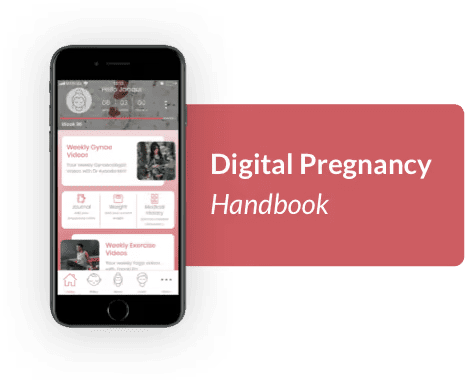The placenta nourishes and protects your baby throughout pregnancy, filtering out what she doesn’t need and delivering the oxygen and nutrients she does.
Most of the time, it attaches to the upper part of the uterus. But if it settles in the lower part of the uterus, you might be diagnosed with placenta previa, or your doctor might say you have a low-lying placenta.
Placenta previa is a relatively rare pregnancy complication in which the placenta implants low in the uterus and covers part or all of the cervix.
This means that rhe placenta physically blocks the opening to the birth canal (the vagina) in some way. That can cause bleeding during pregnancy and labor, and may affect how your baby comes into the world when it's time to deliver.
Symptoms of placenta previa?
Placenta previa is usually discovered and diagnosed not on the basis of symptoms but during a routine second-trimester ultrasound.
Sometimes the condition announces itself in the third trimester and occasionally earlier.
Symptoms include:
Bleeding
Heavy vaginal bleeding in the latter part of pregnancy. About 2 in 3 women with placenta previa experience some painless, bright red bleeding (not just vaginal spotting, which is often normal). However about 1 in 3 women with the condition don’t bleed at all.
Cramping
While it’s not common to feel pain, some women with placenta previa experience cramping or contractions, though it usually happens in conjunction with bleeding.
Breach position
Your baby is more likely to be in a breech position when you have placenta previa. That’s because in a typical pregnancy, the most comfortable third trimester position for a baby is head-down at the bottom of the uterus, where there’s the most room. But with placenta previa, the placenta occupies that space where your baby’s head would normally gravitate. That may cause her to stay in (or move to) a breech position.
Treatments to get you and your baby as close as possible to your due date include:
Pelvic and Bed rest
Increased fetal monitoring
Medication
Continuous hospital care
Seek immediate treatment if you bleed, you and your baby should be okay. The most important thing to keep in mind: The vast majority of women with low-lying placenta or placenta previa safely deliver healthy babies.
For more informative articles, download the My Pregnancy Journey App today!
Available on Google Play, Apple Store and Huawei App Gallery
#mypregnancyjourney #pregnancyapp #pregnancytrackerapp #southafricanmoms #weeklypregnancy #southafricanapp #proudlylocal
*All of our information are only guidelines and are not intended to replace the advice of a professional medical specialist; we are providing information to you on a general information basis only. My Pregnancy Journey disclaims any liability for the decisions you make based on this information.





